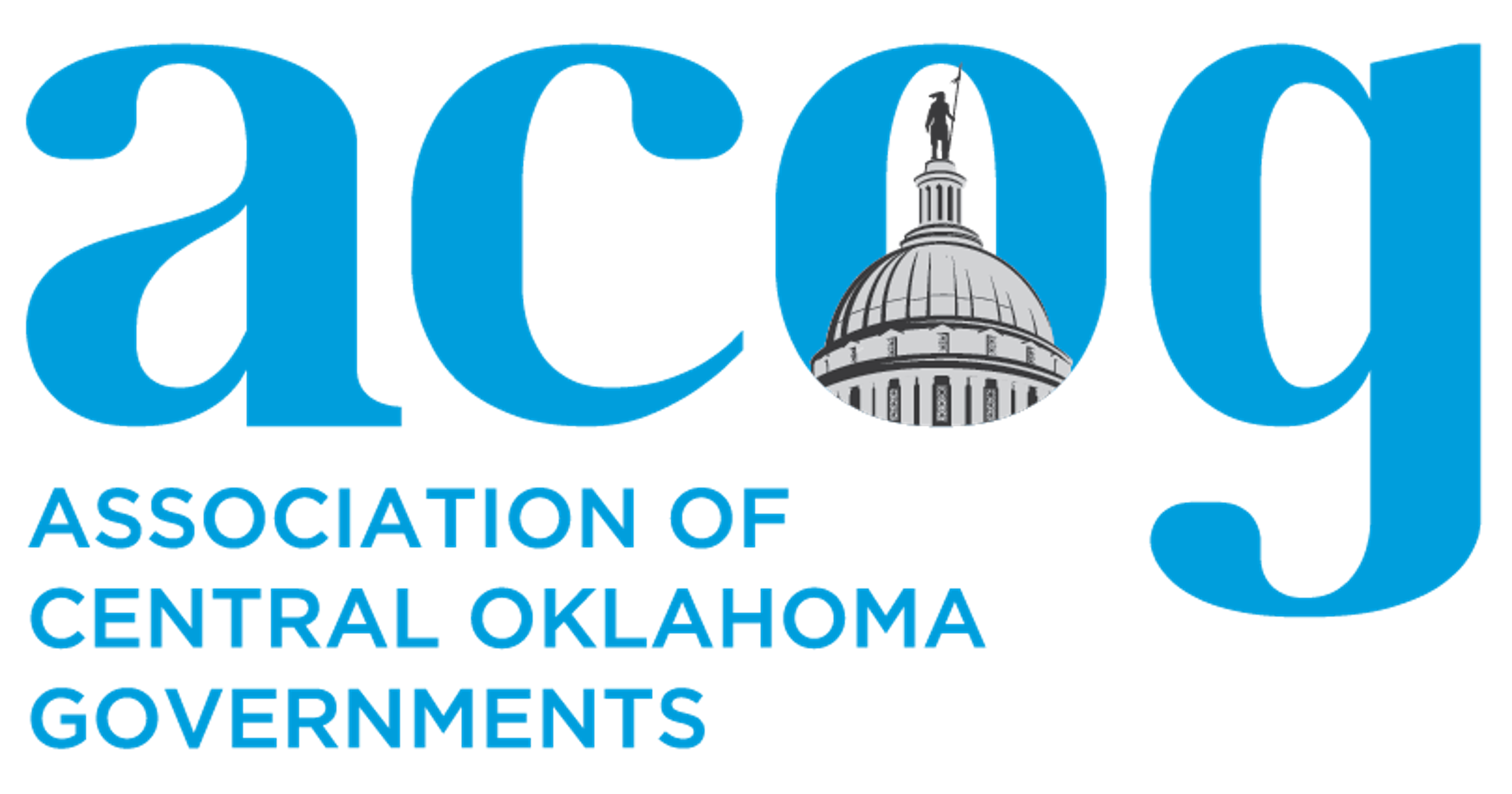Yesterday, the Federal Communications Commission (FCC) adopted a Policy Statement and Second Further Notice of Proposed Rulemaking concerning the provision of Text to 9-1-1 services and other next generation 9-1-1 applications.
The Policy Statement builds upon the earlier voluntary agreement reached between the public safety communications organizations and the four national wireless carriers to offer Text to 9-1-1 service. “APCO is pleased with the progress of our voluntary agreement and appreciates the Commission’s acknowledgement, through its Policy Statement, of the value of this agreement to serve as a model for extending Text to 9-1-1 services to other parties and platforms,” said APCO President Gigi Smith.
In a press release, Gigi Smith, President of the Association of Public Safety Communications Officials (APCO) said “[that] while the voluntary agreement was a successful and strong first step, it was limited to the four national carriers and Short Messaging Service (SMS) texts. We are pleased that the FCC is also proposing rules to achieve more widespread availability of Text to 9-1-1 from all wireless service providers and over-the-top messaging applications that interconnect with the telephone network, and are mindful of Chairman Wheeler’s call for ‘PSAPs to do their part’ and adopt capabilities to receive text 9-1-1 calls.”
9-1-1 ACOG is evaluating technologies that will allow residents to access 9-1-1 by way of text message. Currently, the 9-1-1 agency is in the final stages of upgrading the 9-1-1 network that connects the 21 9-1-1 centers in the region to have the flexibility to integrate Next Generation (NG) 9-1-1 technologies.
“9-1-1 ACOG has historically stayed on the front edge of new technology deployments. Our new 9-1-1 network is ‘NG 9-1-1’ ready”, says Steve Willoughby, ACOG’s 9-1-1 & Public Safety Director. “Because we are proactively making our system ready, once national standards for these new emergency services are finalized by organizations such as the FCC, we will be ready to provide the services to the residents of Central Oklahoma.”
However, Willoughby cautions “until this new technology is in place, residents must still call 9-1-1 and verbally communicate their emergency with the dispatcher”.
